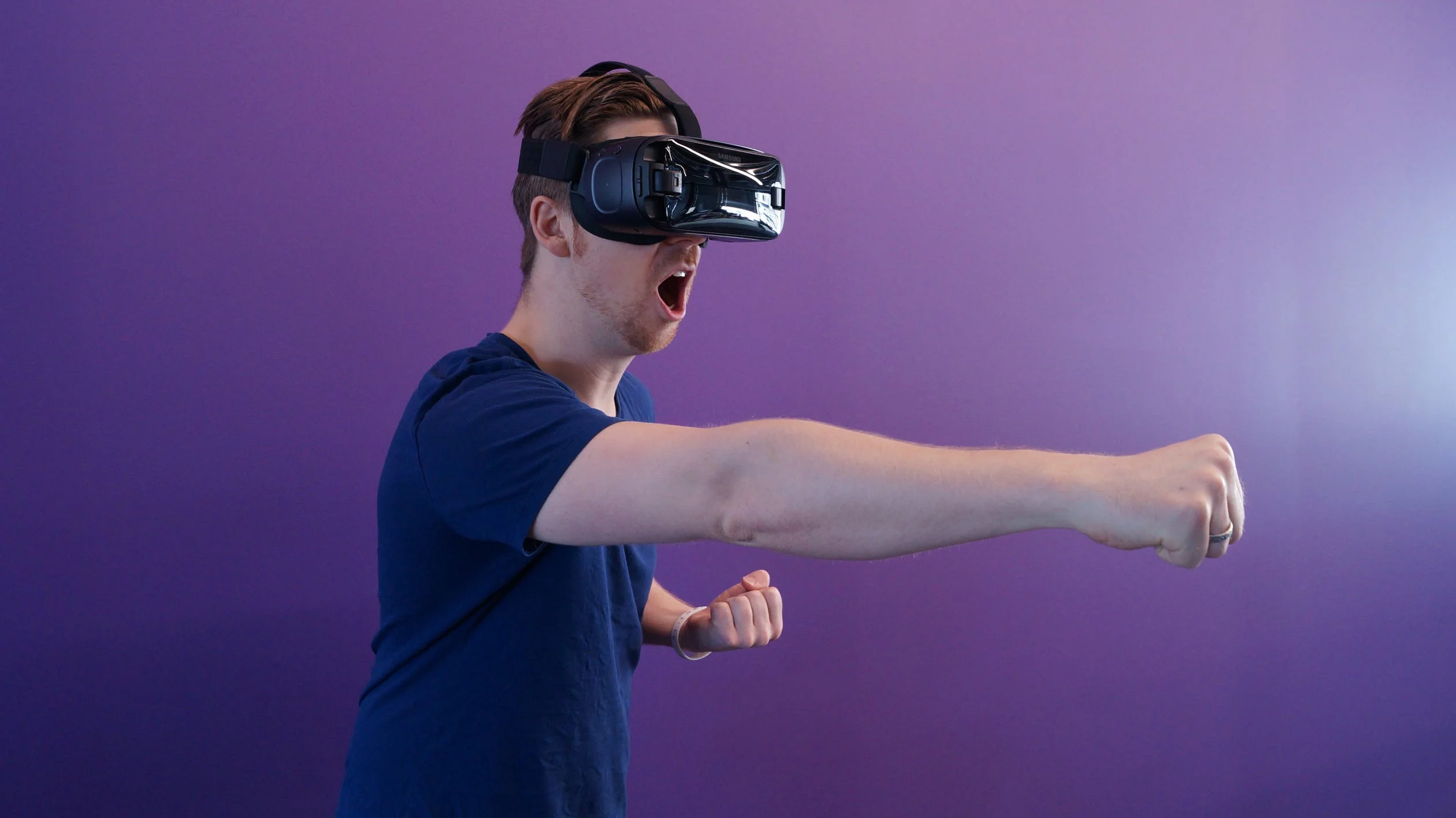Virtual Reality as a new Innovation
Virtual Reality (VR) is a groundbreaking innovation that has significantly impacted various industries and is continuously evolving. Here are some key aspects of Virtual Reality as a new innovation:
- Immersive Experiences:
- VR provides users with immersive, 3D environments that simulate the real world or create fantastical spaces. This immersive experience is achieved through specialized VR headsets and often accompanied by motion controllers.
- Gaming and Entertainment:
- The gaming industry has been a major driver for VR innovation. VR gaming offers a more engaging and realistic experience, allowing players to feel as if they are inside the game. This has led to the development of a variety of VR games and experiences.
- Training and Simulation:
- VR is extensively used for training purposes in fields such as aviation, medicine, military, and more. Simulations in a virtual environment enable trainees to practice and learn in a safe and controlled setting, reducing risks and costs associated with real-world training.
- Healthcare Applications:
- VR is employed in healthcare for medical training, therapy, and patient treatment. Surgeons can practice procedures in a virtual environment, therapists can use VR for exposure therapy, and patients can experience virtual worlds to distract from pain or anxiety.
- Architectural and Design Visualization:
- Architects and designers use VR to create virtual walkthroughs of buildings and spaces. This allows stakeholders to experience the design before it is built, making it easier to identify and address potential issues.
- Collaboration and Communication:
- VR enables remote collaboration in a more immersive way. Teams can meet in virtual spaces, work on projects together, and feel a sense of presence even if they are physically located in different parts of the world.
- Education and Training:
- VR is being integrated into education to enhance learning experiences. Students can take virtual field trips, explore historical events, or engage in interactive simulations, bringing subjects to life in ways that traditional methods cannot.
- Therapeutic and Mental Health Applications:
- VR is used for therapeutic purposes, such as treating phobias, PTSD, and anxiety disorders. It provides a controlled and customizable environment for therapists to expose patients to stimuli in a gradual and supportive manner.
- Business and Marketing:
- Businesses are exploring VR for marketing campaigns and product demonstrations. Virtual showrooms and experiences allow customers to interact with products in a virtual space before making purchasing decisions.
- Ongoing Technological Advancements:
- VR technology is continually advancing, with improvements in display resolution, motion tracking, and haptic feedback. These advancements contribute to a more realistic and comfortable VR experience.
While VR has made significant strides, challenges remain, including the need for more affordable and accessible hardware, addressing motion sickness concerns, and expanding content libraries. As technology progresses, VR is likely to become an even more integral part of our daily lives across various domains.







